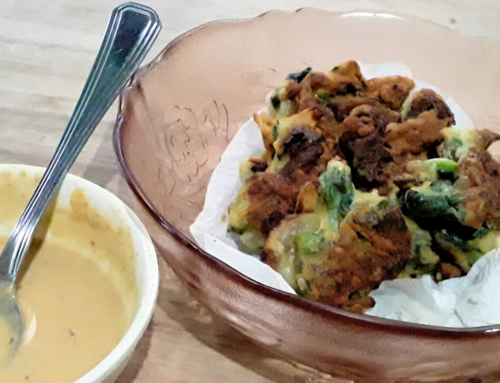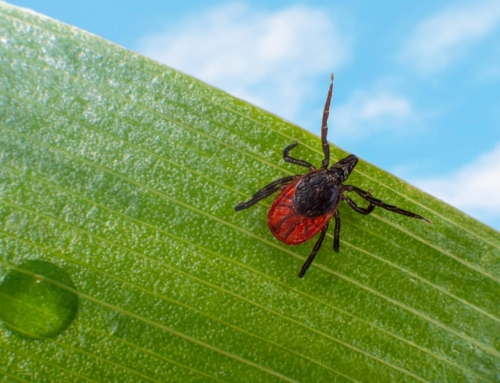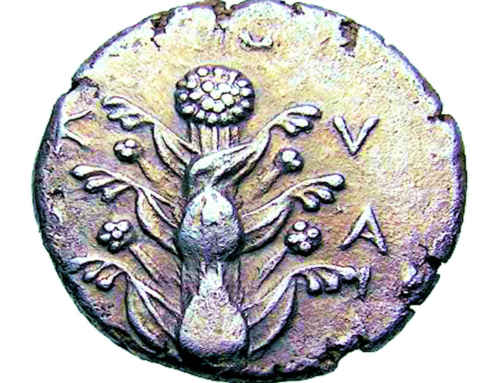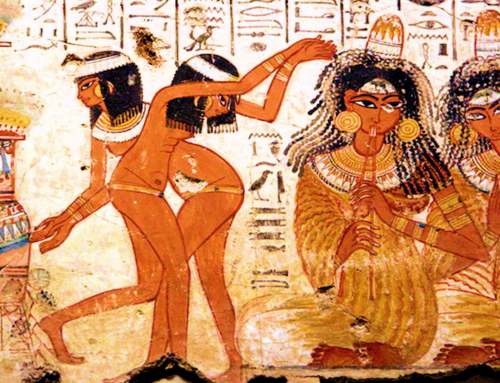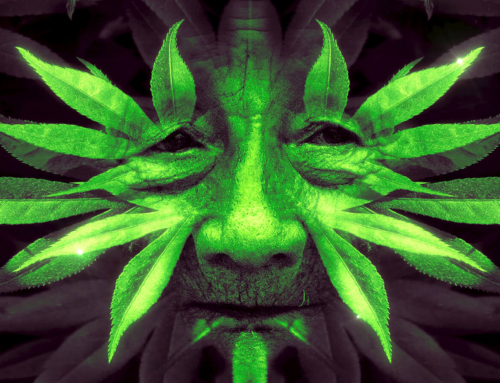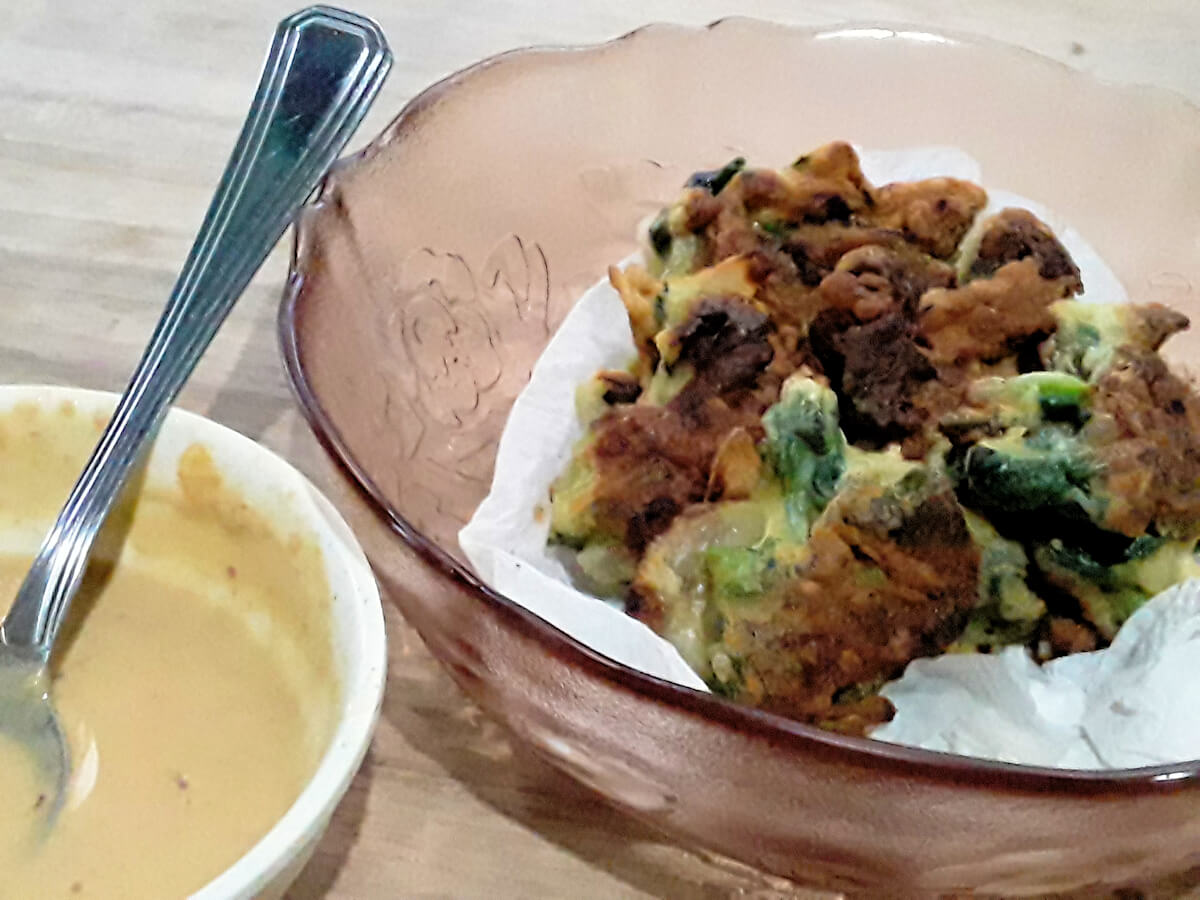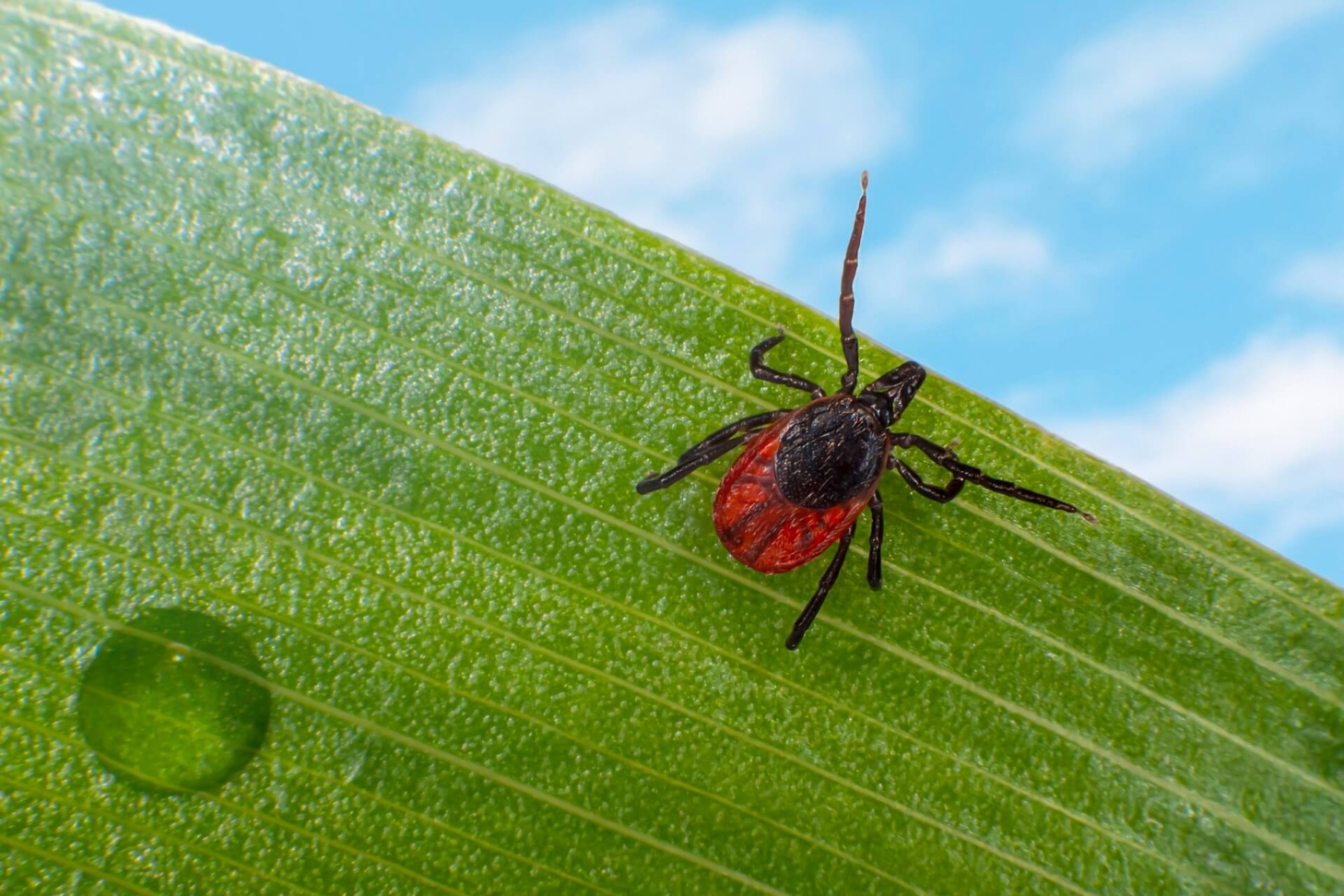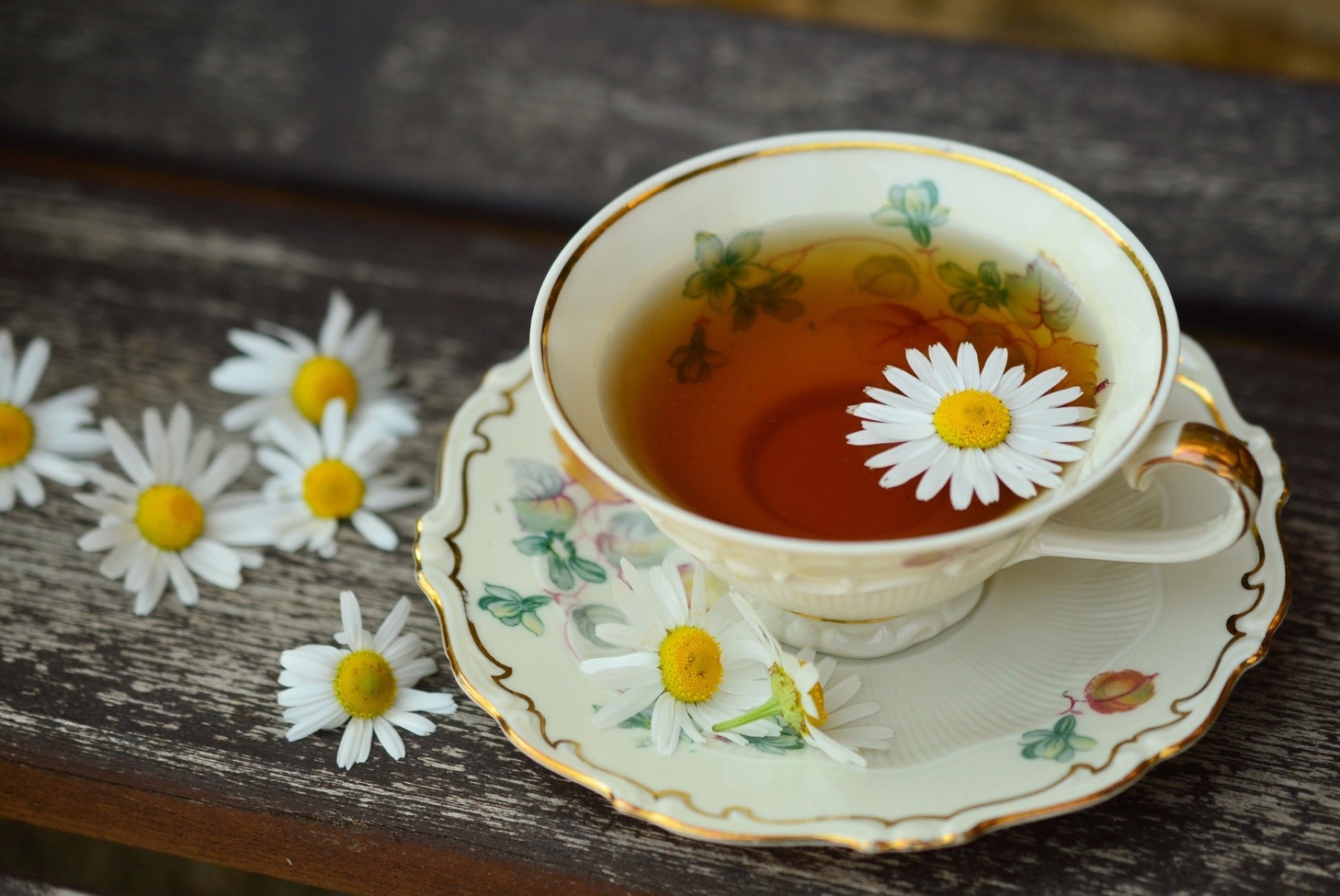Prehistoric Ethnobotany

Viewing History Through the Eyes of the Plants
Prehistoric ethnobotany is the study of how plants and people interacted before there was writing. It is a multi-disciplianry approach to understanding human nature and the development of culture and the earliest forms of language. When we are trying to undestand a group of people, we can learn a lot by knowing which plants were available to them, how they were used, what they were called, and how the plants have travelled through time and space.
This approach to history can be used to decipher early texts as well as tell the stories of conquered people, forced migrations and destroyed ancient communities. Plants can often keep their names and their essential purposes over milennia and across continents. And people have always done their best to take their most important plants with them when they move, or are forced to move, from their homelands.
We can see a perfect example in the story of the Bronze Age Aegean islands. Although this civilization is often called “Minoan’, it is still unclear how they referred to themselves. Some of their writings have been deciphered but we are still far from a complete translation. They are known as Linear A, Linear B and Cretan hieroglyphics, Let’s see what we can discover about these people by looking at their plants…

- Paleobotany – shows us which plants were used at which ancient sites, usually providing us with an exact or approximate date
- Art History – studying symbols, pictures of plants and artwork can help us see how people and plants interacted
- Linguistics – some plants were hieroglyphs and a few became letters, espcially that were traded internationally in ancient times
- Anthropology – some plants were so important that entire cultural elements developed around them (especially entheogens)
- Economics – financial influence of powerful plants, from using Cacao as money to a wheat-dependent commodities market
- Politics – plant knowledge has influenced social power , just as political invasions have often targeted plant wisdom carriers
- Environment – ethnobotany both destroyed (entire forests or individual medicinal species) and preserved (cultivation & collection)
- Oral History – communities who have not relied on writing to maintain their knowledge often hold iformation that is even older
In the Bronze age Aegean, while the Egyptians were building pyramids nearby, a thriving market economy connected these islands to their neighbors. Known for their perfumes, beautifully dyed fabrics and other luxury items, these pre-historical people had a very large scale production of Saffron. This herbal product is made by carefully harvesting and drying the stamens of the Saffron Crocus. Although there are still missing pieces to this story, we can see in the artwork that Saffron was used in divine offerings and to make a special golden cloth. It was only harvested by women and may have been used as a gynecological remedy,
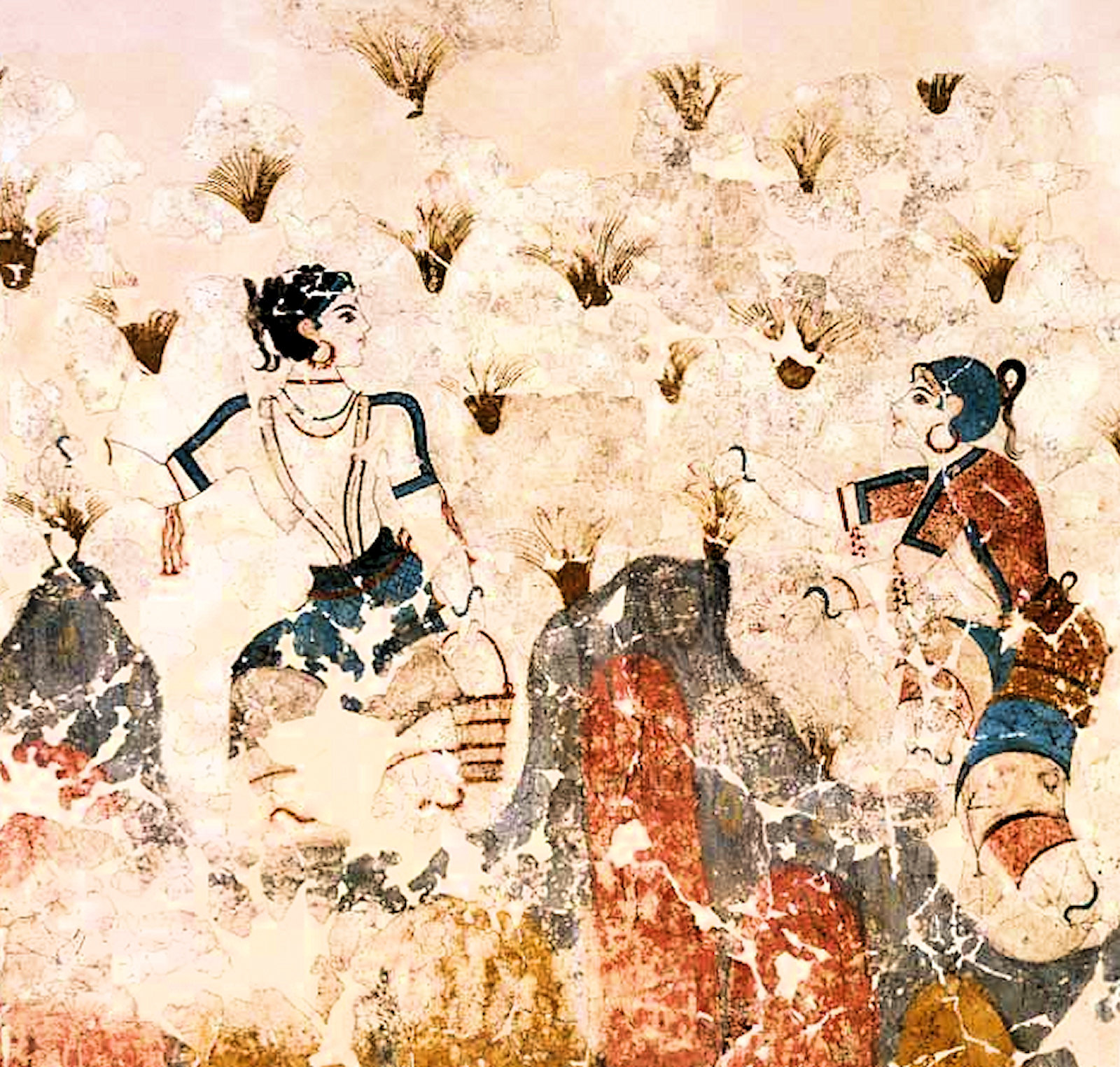
We are currently collecting stories and information related to the role of Crocus during the bronze age, as well as other plants whose stories may help us understand more about the herbal practices and the culture in general of people whose story is still so much a mystery.
If you would like to participate in our research project, please contact us for more information. Research assistants will choose a plant from our ancient Aegean plant list and follow its story and linguistic path.

